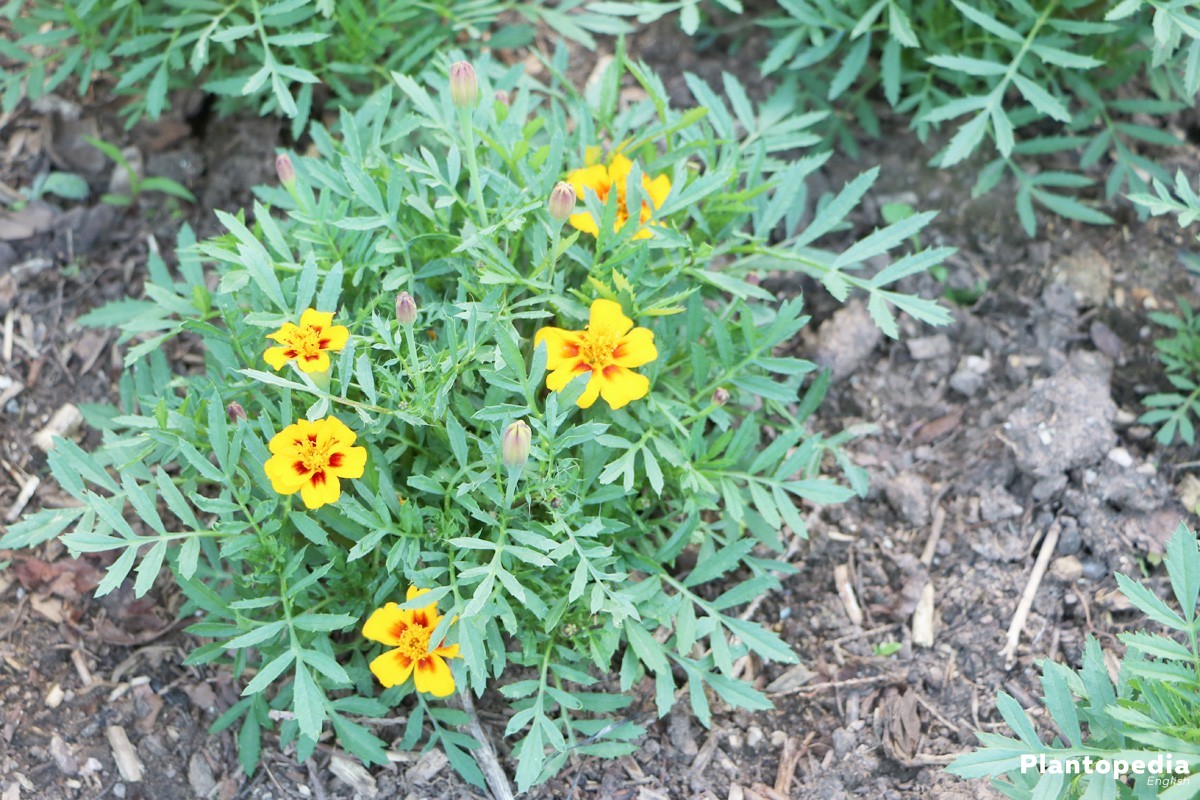
Tagetes Plant
Everything You Need to Know About Tagetes Plant
Introduction to Tagetes Plant
Tagetes plants are a genus of annual or perennial plants in the sunflower family, known for their bright and colorful flowers. They are commonly found in gardens and landscapes due to their vibrant blooms and easy care requirements. Tagetes plants are native to North and South America, but they have been cultivated and naturalized in various regions around the world.
Types of Tagetes Plants
There are several species of Tagetes plants, including Tagetes erecta (African marigold), Tagetes patula (French marigold), and Tagetes tenuifolia (signet marigold). Each species has its unique characteristics, such as flower color, size, and growth habits. African marigolds, for example, have large, full blooms in shades of yellow, orange, and red, while French marigolds have smaller, more delicate flowers in a range of colors.
Growing Conditions for Tagetes Plants
Tagetes plants thrive in full sun and well-drained soil. They are relatively low-maintenance and can tolerate a wide range of soil types, from sandy to clayey. Tagetes plants also have good drought tolerance, making them a suitable choice for gardens in hot and dry climates. However, they do not do well in wet or waterlogged soil, as this can lead to root rot and other issues.
Propagation of Tagetes Plants

Tagetes plants can be propagated from seeds, which are readily available at garden centers and nurseries. Sow the seeds directly into the garden bed after the last frost date, as Tagetes plants prefer warm soil temperatures for germination. Alternatively, you can start the seeds indoors 4-6 weeks before the last frost and transplant them outside once the weather warms up.
Care and Maintenance of Tagetes Plants
Tagetes plants require minimal care once established in the garden. Water them regularly during dry periods, but avoid overwatering, as this can cause root rot. Deadhead spent flowers to promote continuous blooming throughout the growing season. Fertilize Tagetes plants with a balanced fertilizer once a month to encourage healthy growth and abundant flowers.
Common Pests and Diseases of Tagetes Plants
Tagetes plants are relatively pest-resistant, but they can be susceptible to aphids, spider mites, and caterpillars. Keep an eye out for any signs of pest infestation, such as yellowing leaves or distorted growth, and treat the plants with an insecticidal soap or neem oil spray as needed. Tagetes plants can also be affected by fungal diseases, such as powdery mildew and botrytis. Provide adequate air circulation around the plants and avoid overhead watering to prevent these issues.
Uses of Tagetes Plants

Tagetes plants have both ornamental and practical uses in the garden. Their bright, showy flowers make them a popular choice for borders, containers, and flower beds. Tagetes plants also have natural insect-repelling properties, making them a valuable addition to vegetable gardens and patio areas. Planting Tagetes plants near tomatoes, peppers, and other susceptible crops can help deter pests and improve overall plant health.
FAQs about Tagetes Plants
What are the different types of Tagetes plants?
There are several species of Tagetes plants, including African marigold, French marigold, and signet marigold. Each species has its unique characteristics in terms of flower color, size, and growth habits.
How do I care for Tagetes plants?
Tagetes plants require full sun, well-drained soil, and regular watering. Deadhead spent flowers to promote continuous blooming and fertilize monthly with a balanced fertilizer.
Are Tagetes plants resistant to pests and diseases?
Tagetes plants are relatively pest-resistant but can be affected by aphids, spider mites, and fungal diseases. Keep an eye out for any signs of pest infestation and treat the plants promptly.
Conclusion
In conclusion, Tagetes plants are a versatile and attractive addition to any garden or landscape. With their vibrant flowers, easy care requirements, and natural insect-repelling properties, Tagetes plants are a must-have for both novice and experienced gardeners. By following the tips and recommendations outlined in this article, you can successfully grow and enjoy Tagetes plants in your own outdoor space.